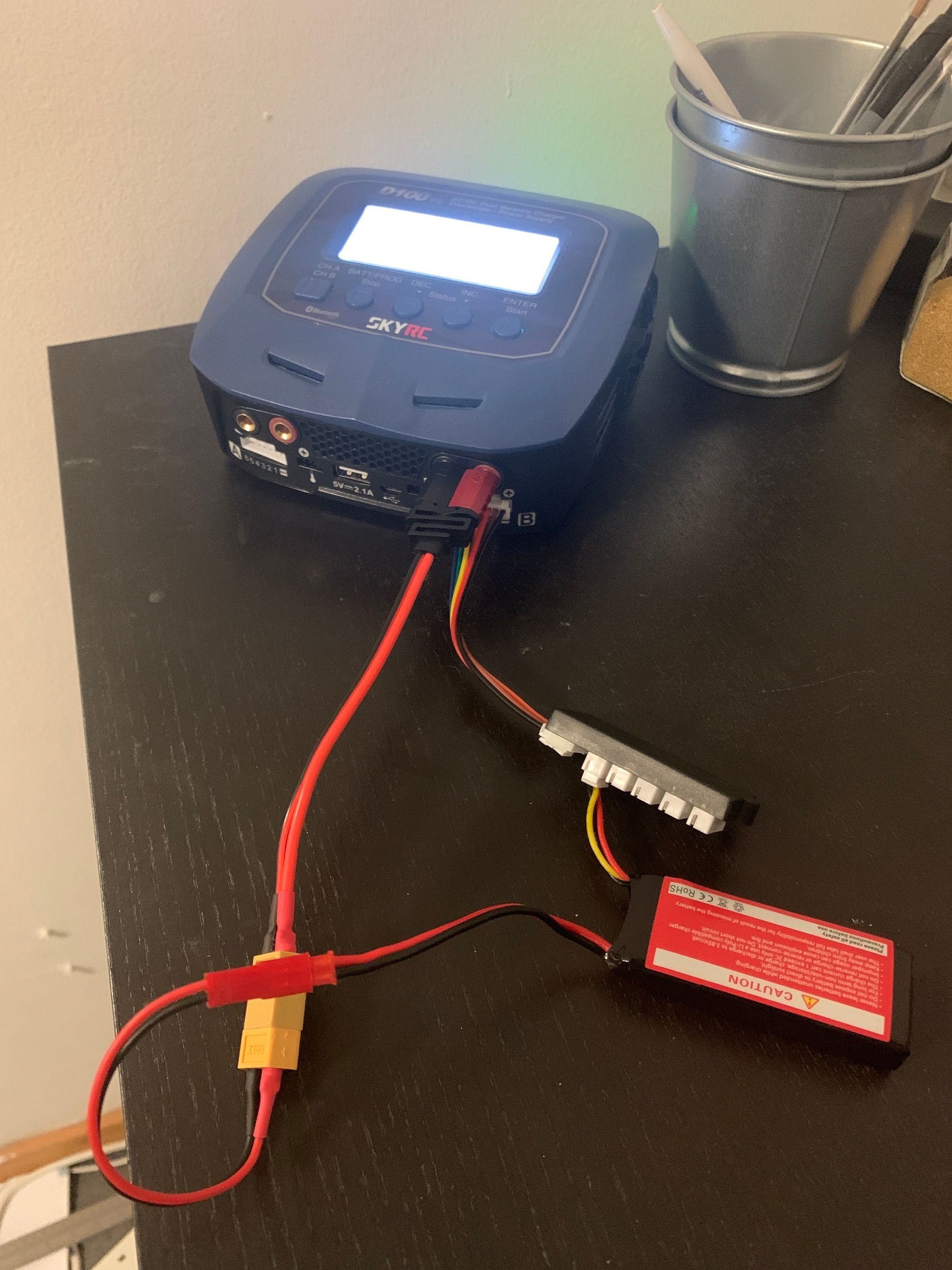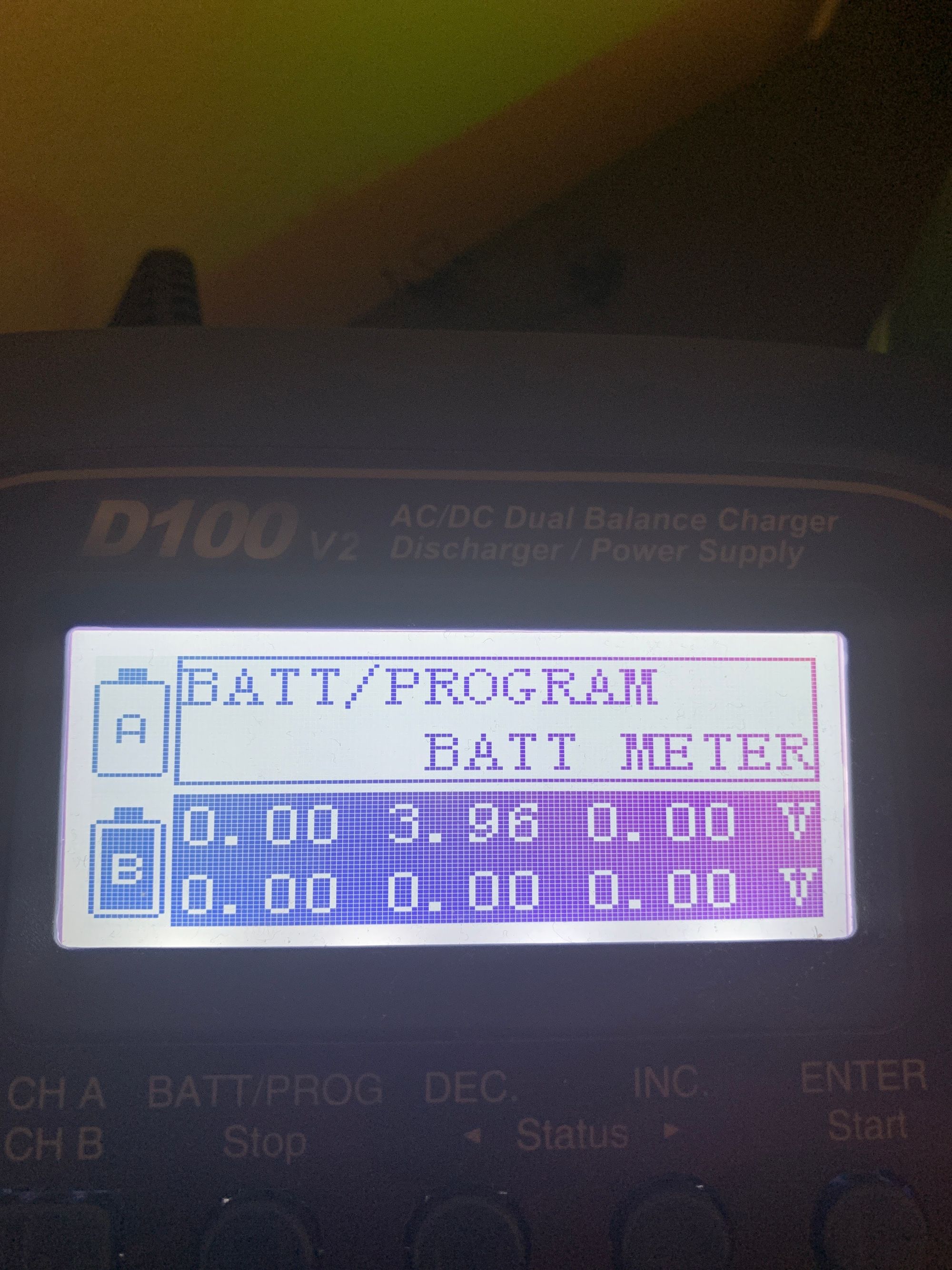The New Normal (JHP Day 8)

This post delves a little more into some technical engineering/drone building content later on - scroll down if you want to see it!
To some extent, this blog has become an avenue for me to share my insights on the kinds of things I consume in my own time - I've found myself wanting to share things I've listened to in podcasts or books even more often now.
One really interesting episode I listened to was from Amelia Sordell - an entrepreneur and founder of a personal branding agency - and her podcast 'Branded' both of which I only discovered today. Listening to her talk to Henry Milroy, a former uni student who dropped out at 19 to found a majorly successful, viral ice cream business, 'Pan-n-Ice', gave me a lot to think about in terms of how the world has changed to accommodate newer ways of developing into adulthood, and exploring the world of work in the digital era.
This short TV interview gives a good idea of Amelia's own journey:

One of the main topics of conversation in the podcast was the fact that being a university student today means something completely different to what it did previously. In the years past, I think there was this large consensus that it was the singular path to a good, stable career and a well paying job. But more and more we're witnessing the diversity of options available to young people; the avenues through which they can develop themselves, their skills and hobbies, and ultimately make a living without the help of what Amelia calls 'a broken education system'.

Having learnt personal branding, business growth and marketing purely from their own ventures, both of them related on the idea that now people are a lot less inclined to do business with businesses, and more inclined to do business with people - strengthening the importance of having a personal brand in today's world.
It makes sense if you think about it - nowadays, people aren't easily swayed by another 30 second prepaid ad from Amazon with a generic title and old flashy catch phrases about buying a product. But a lot of us would be much more inclined to buy from someone we’ve followed on YouTube, who we’ve been watching for a while, who we’ve built a bit more of a personal online relationship with from watching, and who is personally recommending a product to us.

Following the Crowd
If I learnt anything from Henry's own story of growth, coming from a background where he often described himself as somewhat of a social outcast, being picked last for sports, or even bullied for not fitting in - it's that being different is a strength.
Choosing not to follow the crowd, and embrace your own strengths allows you to test yourself and your own boundaries. Often what you’re bullied for as a kid turns into your unique selling point as an adult. Henry would often chase entrepreneurial pursuits wholeheartedly, and be unashamed of what people thought of him when he did. I found the story really inspiring, and a testament to what can be done when you go after your goals without a care for the people who cast judgement on you.
Drone Updates
Massive progress today!
I finally knuckled down and got most of the build done this morning. Started by correcting some of the solder joints on the 4 in 1 ESC (electronic speed controller) which had been pretty shoddily done the day before.
My soldering iron sometimes has a mind of its own, so after putting the temperature to 400 degrees, it would drop drastically to around 300 and then stay there for a bit, meaning the solder would sometimes start to harden and form craggy peaks.

If you've never soldered before, that's something you really don't want to happen. Ideal solder joints look like the ones below - shiny and smooth:

Also, massive lesson learnt - don't even bother tinning the pads (adding solder before putting the wire through) when the pads are that small. I spent a good half an hour just messing around with the iron and the pads to melt the solder enough, so I could stick the wires through. Such a finicky task, and would've been much simpler to just put the wire through and add solder afterwards. Having the right soldering iron tip also really helps, but I was making do for my first build.
I learnt the tinning lesson after doing three of the wires, and never tried it again, so the rest went much better. Took my time with them, as well as with the battery connector, which was also kind of a pain to attach since the actual metal wire was larger than the hole it was meant to go through. A little heat reshaped it enough to solve that problem, and then I was done!

After that, the rest was pretty simple. I moved onto connecting the rest of the components (flight controller, GPS, video transmitter, camera etc.) with the preinstalled wires, and once that was done it was just a matter of continuity testing, and smoke checking.
I really recommend the ViFly ShortSaver if any of you are hobbyists looking to continuity test your components, and want to do as much as possible to make sure you don't fry anything - it's the little circuit board component with LED lights, shown in the centre of the video.
The component essentially serves as a way for the battery to not pass any harmful current through the drone if there's a short somewhere, caused by incorrect soldering. If you simply plugged the battery into the drone without using that, you'd have the potential to damage or fry parts of your drone outright. It's a lifesaver if you're a first timer, but in my case I managed to do it well enough that I got the green light first time :) also note that it doesn't hurt to continuity test with a multimeter as well: Joshua Bardwell has some really good guides for this on his YouTube channel.

Once I was sure that the battery was passing power safely to the components, I started looking at hooking the receiver up to my goggles and checking the video feed. This was probably the most fun part of the build for me - having never tried to do this before, it was cool to imagine how much would be possible once I got the drone flying, in terms of FPV (first person view).
I used the Eachine EV800D goggles, and attached just one antenna to begin with. The video feed came through perfectly after a quick auto search for the right channel.
I kind of hit a dead end at this point, which I realised soon after.
With a working drone, I just needed a controller. I got out the Taranis X9D SE Plus that I'd been using for my university project, and found the battery for it, but I ran into a problem.
For one, the battery wasn't charged, or at least it seemed that way, since the controller could only stay on for about 3 seconds.
I got to the root of the problem later on in the evening:

The battery I was using to power the controller was a 2S (meaning 2 cells in series). The way that the charger works, when you plug in the balance lead, the cable with the white connector - the charger should show the voltage in each cell of the battery. So for my battery, which was a 900mAh 7.4V 2S battery - I'd expect to see 2 voltages, somewhere between 3.7 and 4.2V (the charge range for a single cell).

Which I did - except I only saw it for one cell. In the picture above, you can see only the top middle cell on channel B is highlighted to be 3.96V. That means the other cell isn't getting registered - at all. 0V. Not a good sign.
I kept investigating and found out through a multimeter voltage test (which I'd never done before and was honestly a little scared of things exploding in) that this was true - one cell showed 3.93V (basically the same as what the charger showed) and the other: 0V.

I concluded that the battery was just faulty - sent a message to the supplier, so we'll see if I can get a replacement, but it was a learning experience - lesson learned, don't buy batteries off of Amazon? It was about 4 months old to be fair, and had been used before.
So, the plan now is to buy another battery, and in the meantime see if I can get the controller running just off of a USB connection. I might be able to make do with that, and see if I can get the Betaflight setup done. We'll see!
On the off chance that you've read something on here and loved it, or want to read more, feel free to shoot me a message on my socials:
Instagram:
Twitter:
Facebook:
LinkedIn:
The feedback helps massively. Thanks!

